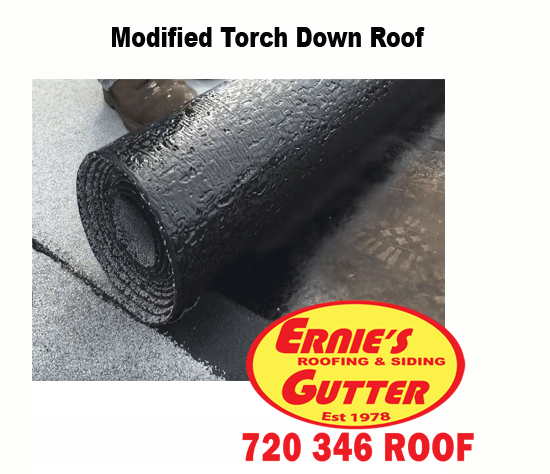What is Drip Edge Flashing: A Comprehensive Guide
Learn about the importance of drip edge flashing from Ernie’s Roofing, a trusted roofing contractor in Denver since 1978. Discover tips, examples, and FAQs about proper drip edge installation for protecting your home from water damage. Call us at 720-346-ROOF for expert roofing services.
As a seasoned roofing contractor with decades of experience, I’ve seen firsthand the importance of proper roof installation and maintenance. One crucial element that often gets overlooked but plays a significant role in protecting your roof and home is drip edge flashing. In this guide, I’ll walk you through everything you need to know about drip edge flashing, from its purpose to installation tips and examples.
Understanding Drip Edge Flashing
What is Drip Edge Flashing?
Drip edge flashing is a metal or plastic strip installed along the edges of a roof to direct water away from the fascia and into the gutter system. It serves as a barrier between the roofing material and the edge of the roof, preventing water damage and prolonging the life of the roof.
Why is Drip Edge Flashing Important?
Properly installed drip edge flashing helps prevent water from seeping under the roofing material, which can lead to rot, mold, and other forms of water damage. It also helps protect the fascia board and siding from moisture-related issues, such as rot and decay.
How Does Drip Edge Flashing Work?
Drip edge flashing works by creating a smooth, angled surface that directs water away from the edge of the roof and into the gutter system. It also helps to prevent water from being drawn back up under the roofing material through surface tension, as demonstrated in a recent YouTube video by Ask This Old House.
Installation Tips and Examples
Proper Installation Techniques
To ensure effective water drainage and protection, drip edge flashing should be installed correctly. Here are some key installation tips:
- Ensure the drip edge extends beyond the edge of the roof by at least 1 to 2 inches.
- Install the drip edge under the roofing material, with the flange facing outward.
- Use roofing nails or screws to secure the drip edge in place, spacing them approximately 6 to 8 inches apart.
- Seal any gaps or joints in the drip edge with roofing cement to prevent water infiltration.
Examples of Effective Installation
In the YouTube video, three different scenarios were demonstrated to illustrate the effectiveness of drip edge flashing:
- No Drip Edge: Water was observed seeping under the sheathing due to the lack of drip edge flashing.
- Metal Drip Edge: While the metal drip edge helped to some extent, water still reached the fascia board, shortening its lifespan.
- Properly Installed Drip Edge: With proper installation and sufficient shingle overhang, water was effectively directed away from the fascia board, preventing water damage.
Frequently Asked Questions
- Do all roofs need drip edge flashing?
- Yes, drip edge flashing is essential for all types of roofs to prevent water damage.
- Can I install drip edge flashing myself?
- While DIY installation is possible, it’s recommended to hire a licensed roofer for proper installation and to ensure compliance with building codes.
- What materials are used for drip edge flashing?
- Drip edge flashing is typically made of metal (such as aluminum or galvanized steel) or plastic.
- How often should drip edge flashing be inspected?
- Drip edge flashing should be inspected annually as part of routine roof maintenance.
- Can drip edge flashing prevent ice dams?
- While drip edge flashing can help redirect water, it may not entirely prevent ice dams. Additional measures, such as proper attic insulation and ventilation, may be needed.
- Is drip edge flashing covered by insurance?
- Drip edge flashing may be covered by insurance as part of a roof replacement or repair claim, depending on the policy and cause of damage (e.g., storm damage).
- Can seamless gutters be installed with drip edge flashing?
- Yes, seamless gutters can be installed in conjunction with drip edge flashing for optimal water drainage.
- Does drip edge flashing affect the cost of roof replacement?
- The cost of drip edge flashing is typically included in the overall cost of roof replacement and installation.
- Is drip edge flashing required by building codes?
- Yes, many building codes require the installation of drip edge flashing for residential roofing projects.
- How long does drip edge flashing last?
- With proper installation and maintenance, drip edge flashing can last for the lifetime of the roof.
Conclusion
In conclusion, drip edge flashing plays a crucial role in protecting your roof and home from water damage. By understanding its purpose and importance, as well as following proper installation techniques, you can ensure your roof remains in top condition for years to come. If you have any further questions or need assistance with your roofing needs, don’t hesitate to contact us at Ernie’s Roofing. We’re here to help!
Ernie’s Roofing: Trusted Roofing Contractor Since 1978 in Denver 📞 Call us at 720-346-ROOF 📧 Email us at info@roofingreplacementdenver.com 💻 Visit our website: erniesroofing.com





